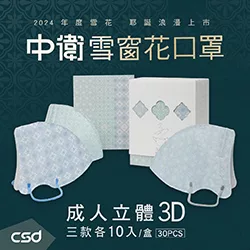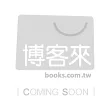This volume offers the user a guide to the neglected field of how-to books. How do I make soap? How do I dye textiles? What ingredients do I need for an effective remedy? Practical information of this kind, on distillation, medicine, dyeing, cosmetics, glassmaking, ceramics, metallurgy and many other subjects flooded the book market in the first centuries of printing. As varied as these subjects may be, they provoke a number of research questions: How does one learn practical skills from a book? Why were these books so popular, who used them and how, and can they even be considered a clearly defined genre?
The aim of this volume is to establish which patterns characterise the genre of how-to books. It also aims to contribute to the clarification of terms for a genre that operates under labels such as "books of secrets" and "recipe books."
Some key issues addressed in this volume are traces of book use, the media shift from manuscript to print, the interaction between text and image, and the praxeological dimension of practical books. Self-help literature made it possible for interested laypersons to obtain information from all possible fields of knowledge, largely independent of institutional and educational environments. As "tracts for action," they differed from other genres in that they were consistently oriented towards implementation.



 天天爆殺
天天爆殺  今日66折
今日66折 
























 博客來
博客來 博客來
博客來 博客來
博客來 博客來
博客來 博客來
博客來